Cross-selling remains one of the most successful strategies for boosting a brand’s revenue by adding value. But marketing newbies often ask, “What is cross-selling exactly?”
So imagine you walk into your favorite coffee shop and order a cappuccino, and just as you’re about to pay, the barista asks, “Would you like a muffin to go with your coffee?” That’s cross-selling in action—offering an additional product related to your original purchase.
It’s not a sales trick; it’s a thoughtful nudge to provide value. Cross-selling works everywhere, from retail to tech services, and has become a cornerstone for increasing revenue without pushing customers away.
But here’s where it gets exciting—mastering cross-selling is about more than just increasing the average sale. It can deepen customer relationships, offer better service, and create loyal fans who keep coming back.
In this blog, we’ll break down what cross-selling is, how it differs from upselling, the benefits and challenges it brings, and, most importantly, how to nail it with smart strategies.
Table of Contents
What is Cross-Selling?
Cross-selling is a sales strategy that involves suggesting additional products or services to customers based on what they are already buying. This technique aims to enhance the customer experience by providing relevant options that can improve their initial purchase while also helping the business increase its sales. By understanding customer needs, cross-selling can strengthen customer relationships and drive loyalty.
According to a McKinsey Report, cross-selling can increase sales by 20% and profits by 30%.
Examples of Cross-Selling.
Amazon giving the “Buy With Accessories” option
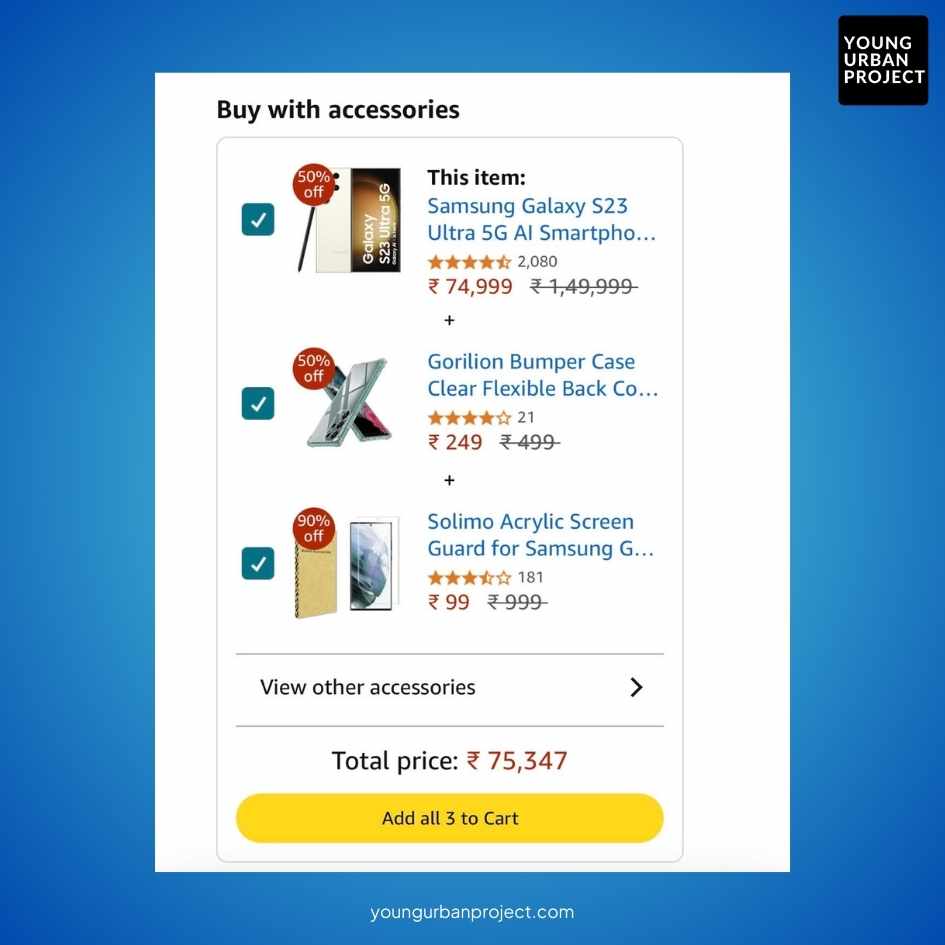
Nike’s “Complete the look” option
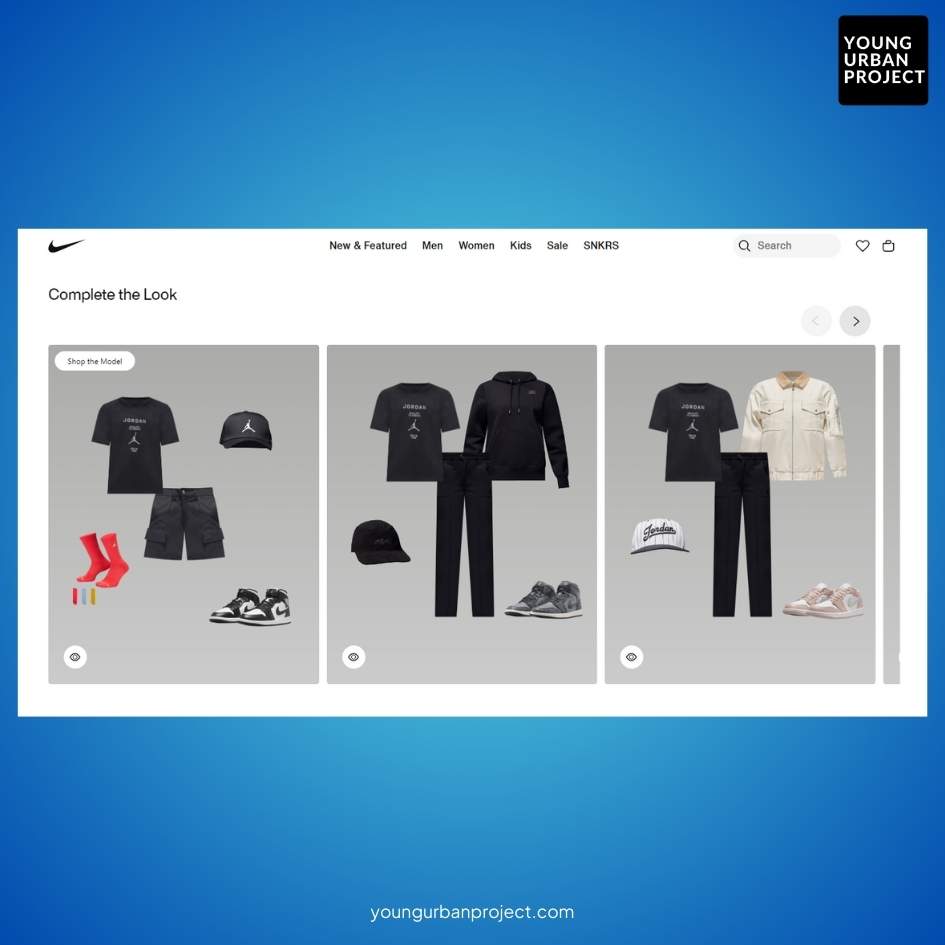
Benefits of Cross-Selling: Beyond Just Bigger Sales
Sure, cross-selling boosts the average order value (AOV), but its benefits go beyond that. Here are some of the key advantages:
1. Enhanced Customer Experience
When done right, cross-selling isn’t about pushing products but offering solutions. If a customer buys a camera, suggesting a memory card or a tripod can enhance their experience and satisfaction, as they leave with everything they need.
2. Increased Customer Loyalty
Customers appreciate when businesses offer thoughtful product recommendations. It shows that you’re not just out to make a sale but genuinely care about their needs. This builds trust and, in turn, encourages repeat business.
3. Maximized Lifetime Value (LTV)
Cross-selling increases the value of each customer over time. By offering them products they find helpful or necessary, you’re increasing the likelihood they’ll come back and make future purchases.
4. Reduced Marketing Costs
It’s always more cost-effective to sell to existing customers than to acquire new ones. Cross-selling leverages your current customer base, helping you boost revenue without needing to spend heavily on customer acquisition.
5. Deeper Product Understanding
Cross-selling requires a solid knowledge of your product portfolio and how different items complement each other. This deepens your relationship with your products and sharpens your overall marketing and sales approach.

Challenges with Cross-Selling: Where It Can Go Wrong
While cross-selling is effective, it’s not without its pitfalls. Here are some common challenges businesses face:
1. Overwhelming the Customer
Too many recommendations can backfire, overwhelming customers and making them feel pressured. Cross-selling should feel natural, not forced. A simple, well-timed suggestion works far better than a barrage of offers.
2. Lack of Personalization
Offering irrelevant products can make the customer feel misunderstood. For example, if someone is buying a high-tech camera, pushing accessories for a basic model won’t land well. It’s crucial to align recommendations with the customer’s specific needs.
3. Timing Is Everything
Timing plays a critical role. Suggesting additional products too early or too late in the sales process can hurt your chances of a successful cross-sell. Mastering the right moment is key to making the experience seamless.
Cross-Selling vs. Upselling: Knowing the Difference
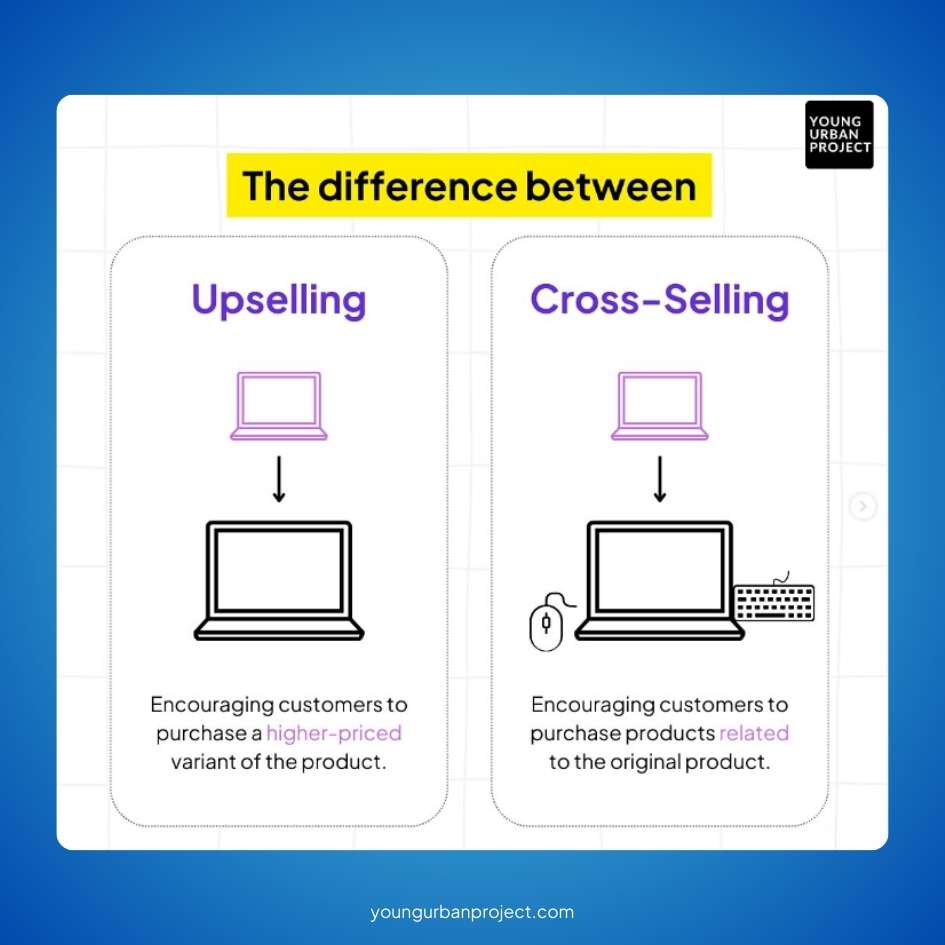
Before diving deeper, it’s essential to understand how cross-selling differs from upselling. While both aim to boost revenue, they approach it from different angles.
- Cross-selling offers additional products that complement the original purchase. Imagine you buy a smartphone, and the salesperson suggests adding a screen protector or phone case. These are related, but not a superior version of what you initially wanted.
- Upselling, on the other hand, encourages customers to purchase a higher-end version of the product they’re considering. In the same smartphone scenario, an upsell would be the salesperson recommending the latest, more feature-packed model at a higher price.
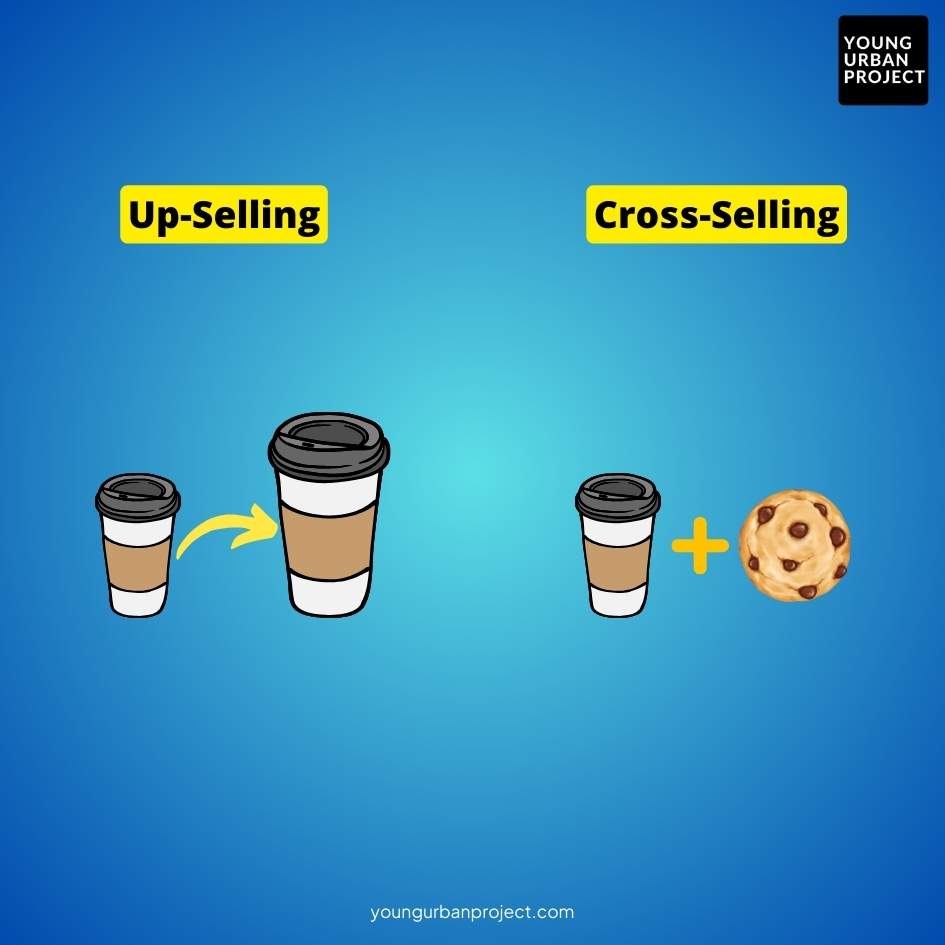
Both strategies are vital tools in any salesperson’s arsenal, but cross-selling focuses more on enriching the customer experience by adding value through complementary items.
Steps to Cross-Sell Successfully
Want to master the art of cross-selling? Follow these steps to ensure your approach is effective and seamless:
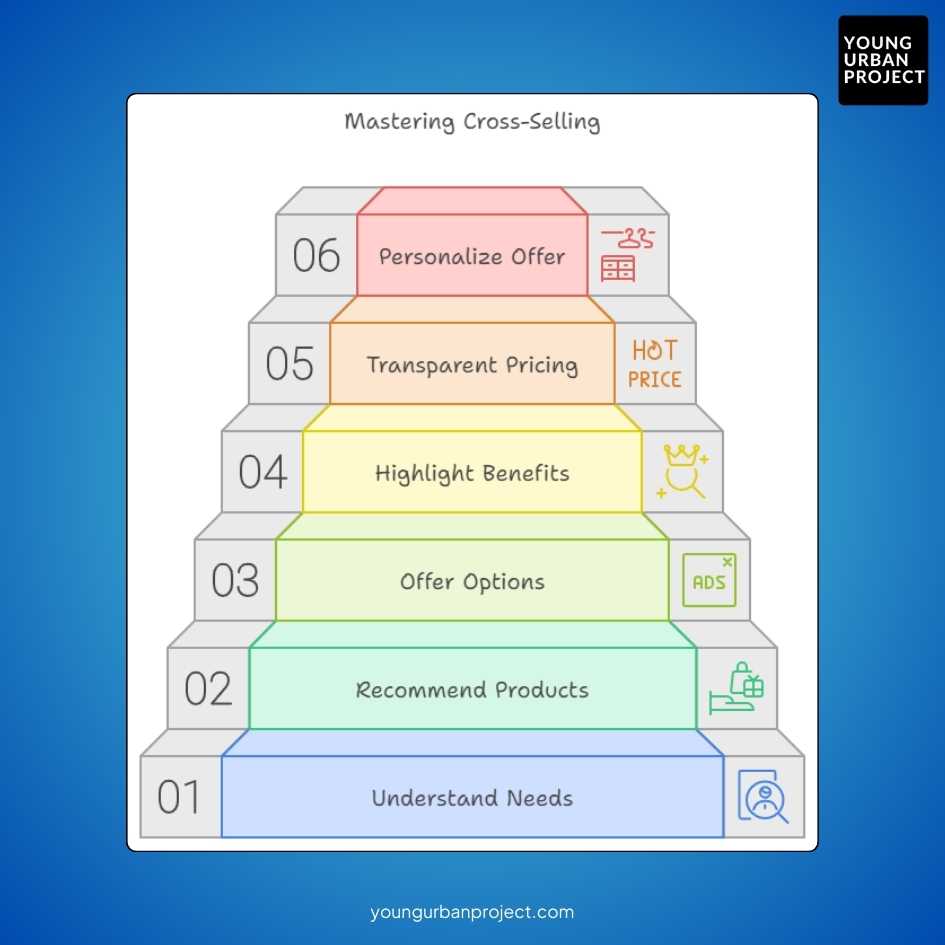
1. Understand the Customer’s Needs
Before offering any product, it’s critical to understand what the customer truly wants or needs. This is key to making thoughtful, relevant suggestions that will resonate with them.
2. Recommend Complementary Products
Once you understand their needs, focus on recommending products that enhance or complement their purchase. Relevance is key—if it doesn’t make sense, skip it.
3. Offer Multiple Options
Give the customer a few relevant options, but not too many. Present two or three complementary products to choose from, ensuring they’re tailored to the main purchase.
4. Highlight the Benefits
When suggesting complementary products, always focus on the benefits, not the features. Explain how the add-on will solve a problem, improve the main purchase, or simply make life easier.
5. Be Transparent with Pricing
Cross-selling should never feel like a sneaky way to boost the bill. Be upfront about the price and any potential deals or discounts that might apply. Transparency builds trust and reduces any hesitation.
6. Personalize the Offer
Whenever possible, personalize the cross-sell. Mention how the product aligns with the customer’s specific needs. If they’re buying running shoes, suggest a smart fitness tracker that matches their fitness goals.
7. Know When to Stop
If the customer isn’t interested, don’t push. A gentle “no” should be enough to move on without further pressure. Pushing too hard can lead to frustration and a poor customer experience.
7 Best Strategies to Cross-Sell Effectively
Cross-selling is both an art and a science. Here are seven proven strategies that can help you maximize its effectiveness:
1. Use Data to Personalize Offers
Leverage your customer data to tailor cross-selling suggestions. This could be past purchase history, browsing behavior, or demographic information that helps you predict what additional products might be of interest.
2. Bundle Products
Offering bundles is one of the easiest ways to cross-sell. Create packages of complementary products at a slightly discounted rate, making it easier for the customer to see the value.
3. Train Your Sales Team
For in-store or B2B sales, a well-trained team is crucial. They need to know the products inside out and understand how to make personalized, value-driven recommendations.
4. Leverage Email Marketing
Post-purchase emails are an excellent opportunity to cross-sell. You can recommend complementary products based on what the customer just bought, increasing the likelihood of repeat sales.
5. Use Social Proof
Showcasing what other customers bought along with their main product adds a powerful layer of trust. Social proof helps reduce decision-making friction by showing that others found the cross-sell valuable.
6. Automate Recommendations
Online, you can use tools that automate cross-selling recommendations based on customer behavior. Amazon does this exceptionally well with its “frequently bought together” feature, which boosts AOV without being intrusive.
7. Reward Loyalty
Offering exclusive cross-sell deals to loyal customers can be an excellent incentive. Create offers for repeat customers that make them feel valued, such as special discounts on complementary products.
Conclusion
Cross-Selling Is About Adding Value, Not Just Increasing Revenue
Cross-selling, when done right, can elevate the customer experience while driving more revenue. It’s not about pushing products, but about enhancing what the customer is already purchasing. By understanding your customer’s needs, recommending relevant products, and offering them at the right moment, cross-selling can become a powerful tool for building long-term customer relationships and increasing your bottom line.
Whether you’re running an e-commerce site or a brick-and-mortar store, mastering cross-selling can be the difference between a one-time purchase and a loyal, satisfied customer who returns time and time again.

